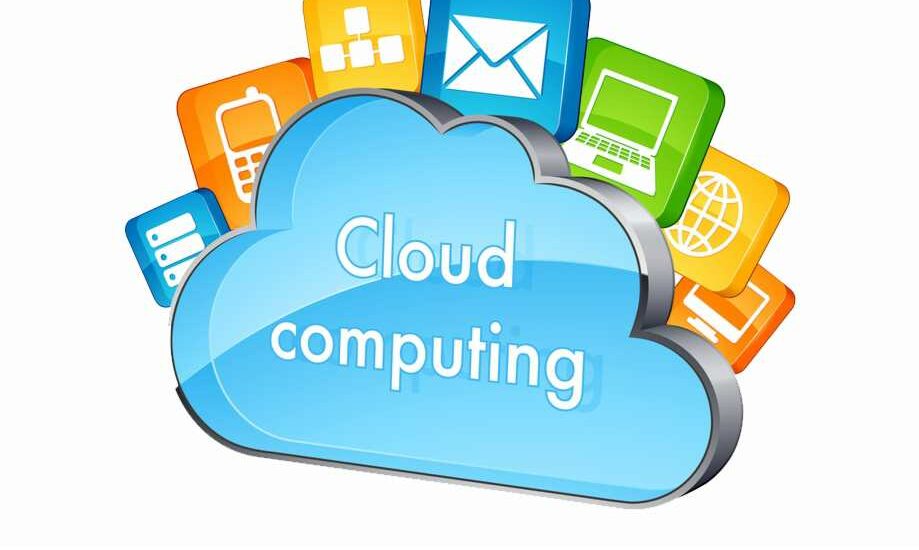The realm of technology is evolving continuously. A range of advancements left a long-lasting impact on cloud computing. Businesses are looking for excellence, and the role of cloud computing can’t be undermined in this phase. The transformative potential of cloud computing transcends industries, reshaping how we store, access, and utilize data and applications.
Let’s delve into this technological paradigm shift and explore how cloud computing navigates the future of technology.
The Evolution of Cloud Computing
Cloud computing is not merely a technological advancement. It’s a paradigm shift in conceptualizing and using computing resources. The traces of this technology come back to the 1960s, with the development of ARPANET.
However, the concept gained prominence in the early 2000s, evolving rapidly due to technological advancements and the demand for more accessible, scalable, and cost-effective computing solutions.
At its core, cloud computing refers to delivering computing services—such as servers, storage, databases, networking, software, analytics, and intelligence—over the internet, commonly known as the “cloud.”
This model eliminates the need for local servers or personal devices to handle applications. Instead, these services are provided by remote data centers, accessible anytime, anywhere, and on demand.
Key Characteristics Of Cloud Computing
- On-Demand Self-Service: Users can access computing resources without human intervention from service providers, enabling instant provisioning and deployment of resources.
- Broad Network Access: Cloud services are accessible over the internet via various devices, fostering remote accessibility and ubiquitous connectivity.
- Resource Pooling: Multiple users share and utilize the same underlying infrastructure, optimizing resource utilization and scalability.
- Rapid Elasticity: Cloud services can quickly scale up or down based on demand, allowing for seamless adjustments in resource allocation.
- Measured Service: Cloud computing services are metered, enabling users to pay only for the resources consumed, leading to cost-efficiency and transparency.
The Versatility of Cloud Computing
The versatility of cloud computing transcends industry barriers, offering a wide array of services and deployment models.
- Infrastructure as a Service (IaaS): This model provides virtualized computing resources over the internet, including storage, networking, and servers, allowing businesses to scale resources as needed.
- Platform as a Service (PaaS): PaaS offers a platform allowing customers to develop, run, and manage applications without dealing with the underlying infrastructure.
- Software as a Service (SaaS): SaaS delivers software applications over the internet on a subscription basis, eliminating the need for local installation or maintenance.
Navigating the Future of Technology with Cloud Computing
1. Digital Transformation
Cloud computing is the linchpin of digital transformation initiatives, empowering organizations to modernize legacy systems, enhance operational efficiency, and accelerate innovation. The scalability and flexibility of cloud infrastructure enable businesses to adapt swiftly to evolving market demands, driving agility and competitiveness.
2. AI and Machine Learning
The synergy between cloud computing and AI/machine learning is propelling technological advancements. Cloud platforms provide the necessary infrastructure and resources to develop, deploy, and scale AI-powered applications and algorithms. This convergence fuels breakthroughs in healthcare, finance, autonomous vehicles, and more.
3. The Internet of Things (IoT)
The proliferation of IoT devices generates vast amounts of data. Cloud computing’s robust infrastructure and data processing capabilities are instrumental in handling, analyzing, and deriving actionable insights from this data deluge. This synergy fuels innovation in smart homes, connected vehicles, and industrial automation.
4. Edge Computing
While cloud computing centralizes computing resources in remote data centers, edge computing brings processing closer to the data source. This approach reduces latency, enhances real-time processing capabilities, and supports applications requiring low latency, such as IoT and autonomous vehicles. Cloud providers increasingly integrate edge computing into their offerings, catering to diverse computing needs.
5. Innovation Catalyst
Cloud computing fuels innovation by democratizing access to cutting-edge technologies. Small and medium-sized enterprises, previously limited by budgetary constraints, now have access to sophisticated tools and resources previously exclusive to larger enterprises. Cloud services provide a platform for experimentation, enabling businesses to test and deploy new applications and services rapidly. This agility fosters a culture of innovation, allowing organizations to stay competitive and drive industry disruptions.
6. Environmental Sustainability
The environmental impact of traditional data centers, with their immense energy consumption and carbon footprint, is a concern. Cloud computing, with its shared infrastructure and optimized resource utilization, offers a more sustainable alternative. Cloud service providers optimize data center operations, enhancing energy efficiency and reducing carbon emissions. Additionally, the pay-per-use model minimizes wasted resources, aligning with sustainability goals by reducing overall energy consumption.
7. Competitive Edge through Analytics and Insights
Cloud computing’s robust analytics capabilities offer businesses a competitive edge. By harnessing vast amounts of data and employing advanced analytics tools, organizations gain valuable insights into customer behavior, market trends, and operational patterns. These insights empower data-driven decision-making, enabling businesses to fine-tune strategies, personalize customer experiences, and stay ahead in a rapidly evolving market landscape.
8. Global Reach and Accessibility
Cloud computing transcends geographical boundaries, allowing businesses to expand their reach and access new markets effortlessly. With cloud-based services, organizations can deploy applications and services globally, serving customers and stakeholders across diverse locations. This global accessibility fosters international collaborations, accelerates market penetration, and enables seamless interactions with a global audience, regardless of geographical constraints.
Challenges and Opportunities
While cloud computing offers transformative potential, it also presents challenges.
- Security Concerns: Safeguarding sensitive data and ensuring robust cybersecurity measures remain critical concerns.
- Data Privacy and Compliance: Compliance with regulations such as GDPR and data sovereignty laws poses challenges, especially for global operations.
- Vendor Lock-in: Overreliance on a single cloud provider might limit flexibility and pose challenges during migration.
- Hybrid and Multi-Cloud Solutions: Hybrid and multi-cloud strategies mitigate vendor lock-in, enhance flexibility, and optimize performance.
- Advancements in Security: Continuous advancements in encryption, authentication, and compliance measures bolster cloud security.
- Edge Computing Integration: Cloud and edge computing fusion caters to diverse computing needs and enhances performance.
Conclusion
Cloud computing is the linchpin of technological evolution, offering unparalleled agility, scalability, and innovation. As businesses and industries navigate an increasingly digital and interconnected world, leveraging the potential of cloud computing becomes indispensable.
Embracing this technological paradigm shift enables organizations to chart a future course defined by innovation, resilience, and competitiveness in an ever-evolving technological landscape.



































